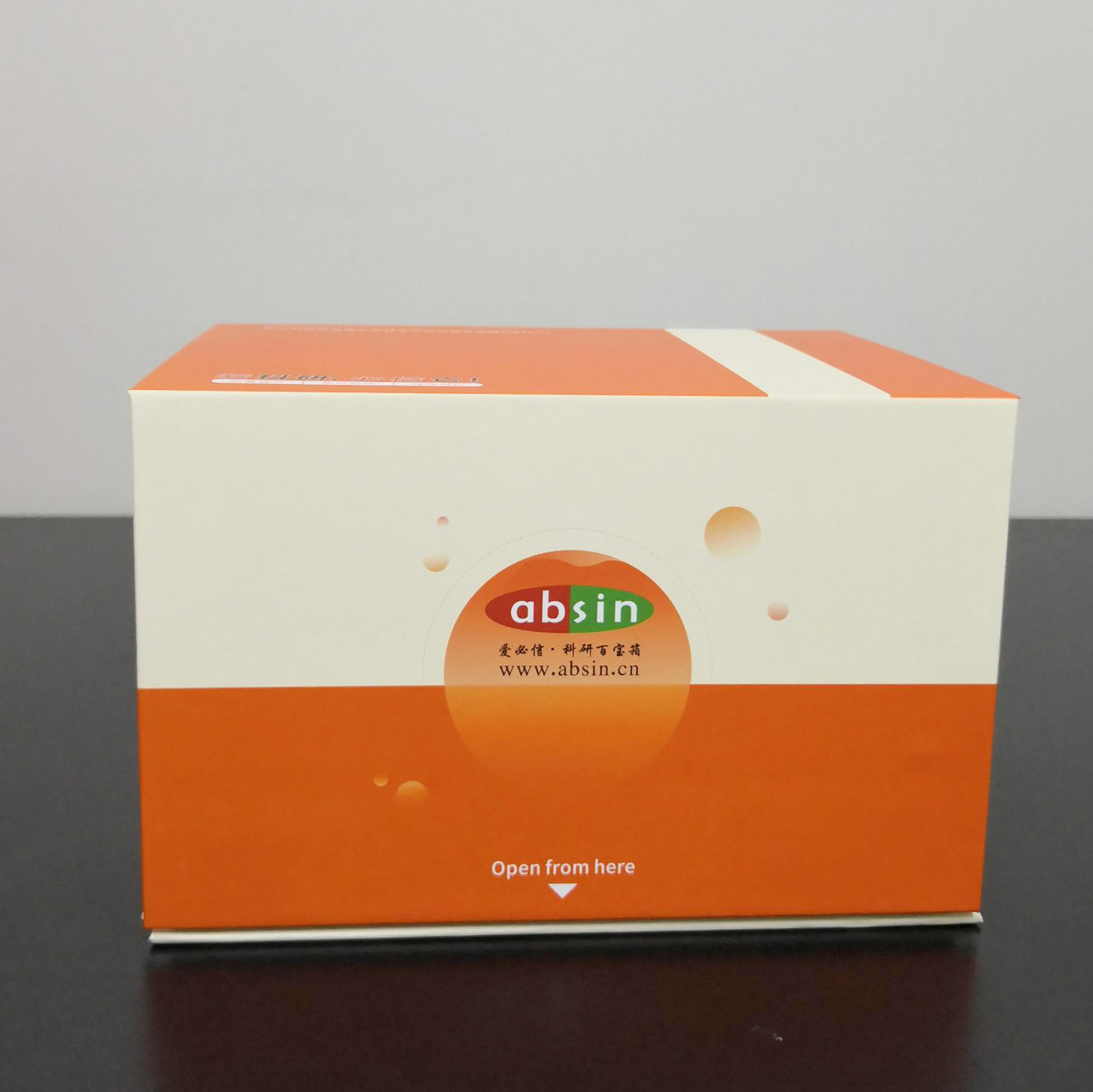- Cart 0
- English
Human FGF Acidic ELISA Kit

 Request bulk quotation
Request bulk quotation- Product Details
- FAQ
- Pictures
- Documents
Detection Principle:
The double antibody sandwich ELISA method was used in this experiment. The anti human FGF monoclonal antibody is coated on the microplate. The FGF in the sample and standard will bind to the antibody fixed on the plate, and the free components will be washed away; Horseradish peroxidase labeled anti human FGF polyclonal antibody was added, and the unbound antibody was washed away; Add substrate solution (chromogenic agent), and the color of the solution is directly proportional to the bound target protein; Add termination solution; The absorbance was measured with a microplate reader.
Detection Type: Double antibody sandwich method
Form: pre coated 96 well plate
Detection Sample Type: cell supernatant, serum, Plasma
Loading Amount: 100ul
Kit Components:
Pre coated 96 well plate, standard, anti human FGF detection antibody, dilution buffer, chromogenic solution (a, b), washing solution, termination solution, sa-hrp, plate sealing membrane and instructions.
Sensitivity: 1.19 pg/ml
Detection Range: 125 - 8000 pg/ml
Recovery Range: 96-113%
Storage Method: 2-8 ℃
Standard Curve

Background:
Fibroblast growth factor acidic (FGF acidic), also known as FGF-1, endothelial cell growth factor (ECGF) and heparin binding growth factor-1 (HBGF-1) are non glycosylated 17-18 kDa polypeptides secreted by a variety of cell types. This molecule is synthesized as an amino acid without obvious signal peptide sequence(AA) protein. Therefore, this ruled out the possibility that it was secreted through the canonical er/ Golgi pathway. However, it seems to have a unique secretion pathway including heat shock protein, phosphatidylserine, synaptotagmin-1. The result of acidic secretion of FGF is that extracellular disulfide bonds connect homodimers, and its covalent bonds may be destroyed by reducing agents to release bioactive FGF acidity. Unlike FGF-2, acidic FGFs are known to have a 5'alternate start site. The acidic FGF of a 60 AA splice variant has been reported to be a full-length molecule consisting of the first 57 amino acids plus three additional C-terminal amino acids. In experiments, it can bind FGF receptors, but will not activate them. Acidic FGF has a nuclear localization sequence consisting of aa residues 21-27. Acidic FGF exhibits 95% AA properties for mice and rats and 92% AA properties for cattle. Cells known to express acidic FGFs include mammary epithelial cells and neurons (motor and sensory), skeletal muscle and smooth muscle cells, renal proximal tubular cells, endothelial cells, macrophages, keratinocytes, fibroblasts. The FGF family has five receptors (FGF R1-R5). The first four receptors are transmembrane tyrosine kinase receptors, and FGF R5 is a member of IgSF without tyrosine kinase domain. Notably, acidic FGFs have been reported to bind receptors 1 to 4, but not FGF R5, with FGFs. Acidic FGFs can activate tyrosine kinase binding or use the signal pathway of ligand receptor internalization to reach organelles and nuclei in cells. Receptor activation is associated with concurrent FGF heparin interactions. Heparin can bind with acidic FGF to inhibit or activate the receptor. When activated, heparin appears to be a central component connecting the two fgf/fgf r complexes. This is an approximation of two FGF r molecules to initiate receptor dimerization and signal transduction. Acidic FGFs also bind heparin on the cell surface, with internalization but no cell activation. Acidic FGF is famous for its mitotic activity on endothelial cells. Activation and internalization of membrane receptors are necessary for complete mitosis. Other cells that proliferate in response to acidic FGF include fibrocytes, muscle cells, hepatocytes, mammary epithelium and fibroblasts.
